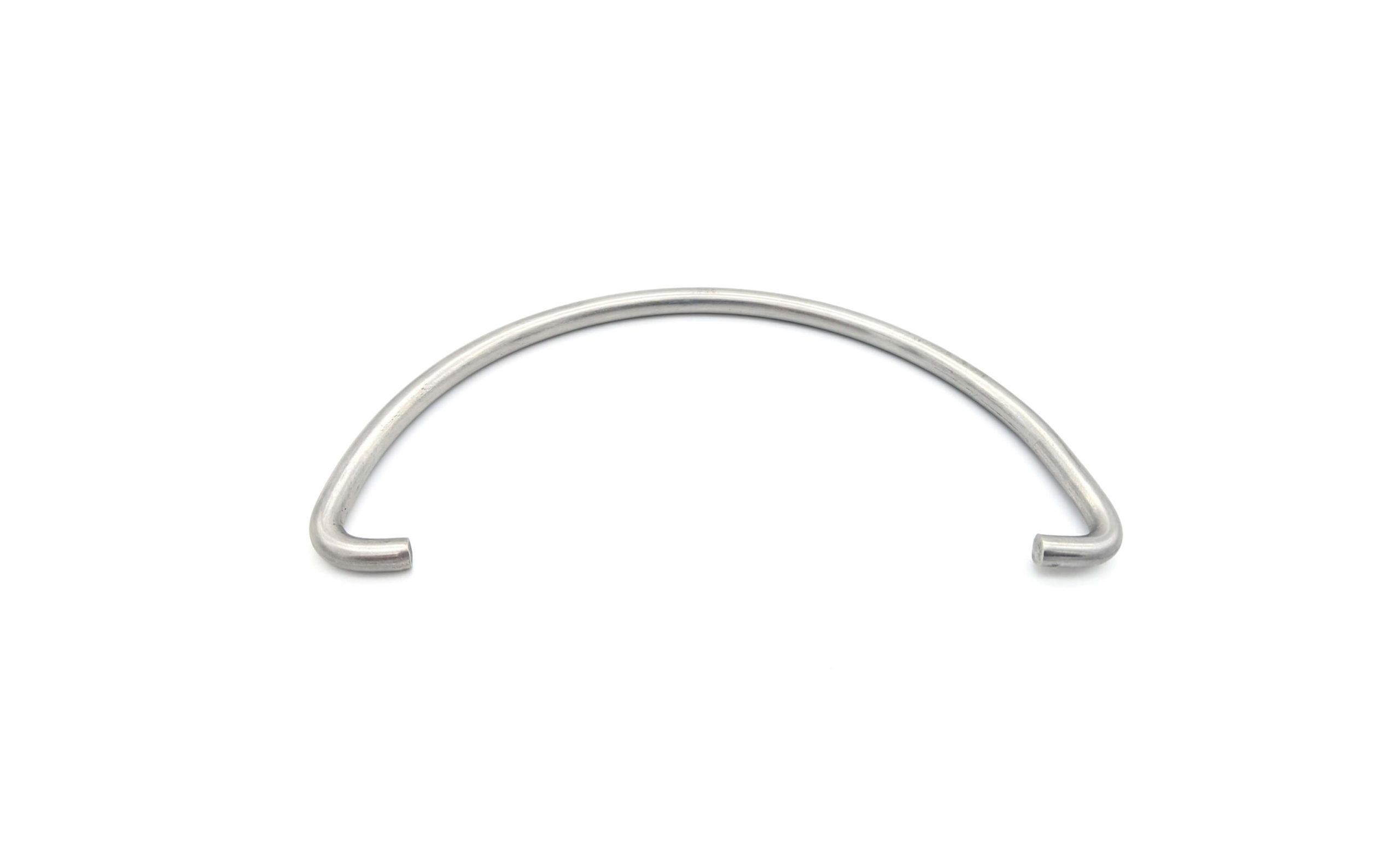Get unique, complex parts easily. No matter your requirements, Chaoyi Spring creates hard-to-produce coil springs and wire forms.
Let us help you create the custom wire form you need, from S-hooks and J-hooks to utility hooks and more.
We work closely with customers across a wide range of industries, helping them design and manufacture made-to-order parts.
Why choose Chaoyi Spring? We prioritize customer-focused collaboration, modern equipment and the latest technology to make your parts per print.
Find the information and guidance you need, from measuring a spring to learning about materials, placing an order and much more.
Longitudinal wave springs, sometimes referred to as nested conical springs, are a unique type of spring known for their exceptional flexibility and compact design. Unlike traditional coil springs, they operate


Imagine a series of conical washers nested together, their crests and troughs interlocked. That's essentially what a longitudinal wave spring looks like. These springs are typically manufactured by stamping and forming flat sheet metal, often stainless steel or high-carbon steel, into the characteristic wave-like pattern. The number of waves, thickness of the material, and diameter of the spring determine its overall compression characteristics and load capacity.

When a compressive force is applied to a longitudinal wave spring, the waves deflect inwards, storing energy much like a compressed coil spring. What sets them apart is the way they release this energy. Upon unloading, the waves spring back to their original shape, creating a smooth, linear force profile. This unique wave-like motion allows for a high degree of flexibility and a significantly reduced spring rate compared to traditional coil springs.
Longitudinal wave springs offer a myriad of benefits that make them an attractive choice for various applications. Firstly, their compact design is a major advantage. They can achieve the same spring rate as a coil spring in a significantly shorter axial length, saving valuable space in tightly packed designs. Secondly, they exhibit excellent flexibility, allowing for a larger deflection range compared to traditional springs. This makes them ideal for applications that require a high degree of shock absorption or vibration damping. Thirdly, their linear force profile ensures predictable and consistent performance, making them suitable for precision applications.
While longitudinal wave springs offer numerous advantages, it's crucial to acknowledge their limitations. One key aspect is their susceptibility to buckling under high radial loads. They are best suited for applications with primarily axial loading conditions. Additionally, their manufacturing process can be complex, potentially leading to higher production costs compared to simpler spring designs. Finally, their open structure can make them susceptible to debris and contamination, requiring careful consideration in certain environments.
Longitudinal wave springs find their niche in a diverse range of applications across various industries. In the aerospace sector, they are used in landing gear systems, providing a compact and lightweight solution for shock absorption. In the automotive industry, they are incorporated into clutch assemblies, offering a smooth and consistent feel during engagement. Medical devices, particularly catheters and endoscopes, utilize their flexibility for navigating complex anatomical structures. Even consumer products like ballpoint pens incorporate these springs for their unique tactile feedback.
Longitudinal wave springs are not a one-size-fits-all solution. They can be customized to meet specific application requirements. The number of waves, material thickness, and diameter can be adjusted to fine-tune the spring rate and load capacity. Additionally, variations like interlaced wave springs and slotted wave springs offer enhanced stability and performance under specific loading conditions. By carefully selecting the appropriate design and parameters, engineers can optimize the spring's performance to meet the demands of even the most challenging applications.
In conclusion, longitudinal wave springs represent a fascinating example of engineering ingenuity. Their unique construction and working principle grant them exceptional flexibility, compactness, and a linear force profile, making them invaluable in a multitude of applications. By understanding their strengths and limitations, engineers can effectively harness the potential of these springs to solve complex design challenges and push the boundaries of innovation across various industries. As technology advances, we can anticipate further advancements in longitudinal wave spring design and manufacturing, unlocking even greater possibilities for this versatile spring technology.Browse some of the custom wire forms and springs that we manufacture. Don’t see what you need? We specialize in made-to-order products that meet your application requirements.
Visit Our GalleryNeed a custom wire form or coil spring? We make it work. Fill out the contact form and a representative will respond within 1 business day. If you have a PDF or CAD file, you can submit to request a quote.